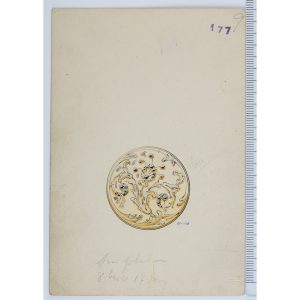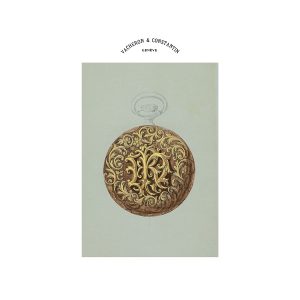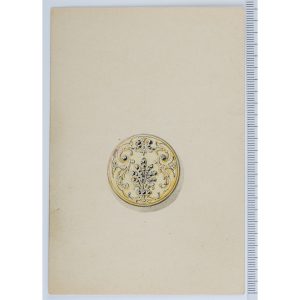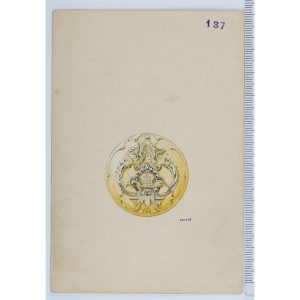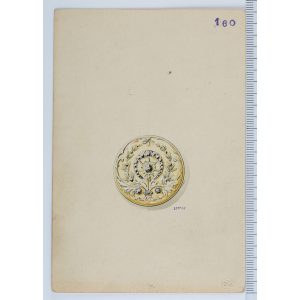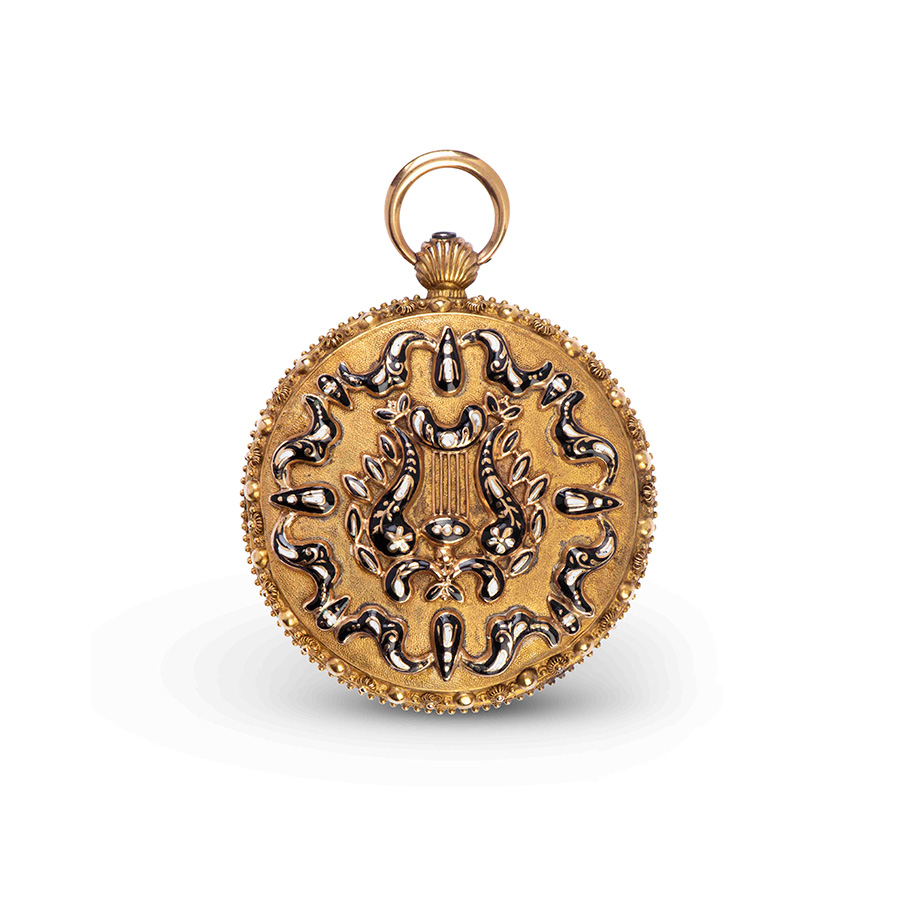
Ref.10201
Manufacturing Year 1826
Round pocket watch, in yellow gold, case in black and white enamel decorated with Lacroix, central “Lyre” motif, silver dial, 12 painted Roman numerals and external timer, winding and time setting on the dial side between 1 and 2 o’clock.
